Hoe het allemaal begon…
Debby Marchena is archeoloog, kunstenaar, en ook slechtziend.
In 2017 wordt zij ’s avonds aangereden door een auto die haar met haar blindenstok over het hoofd ziet.
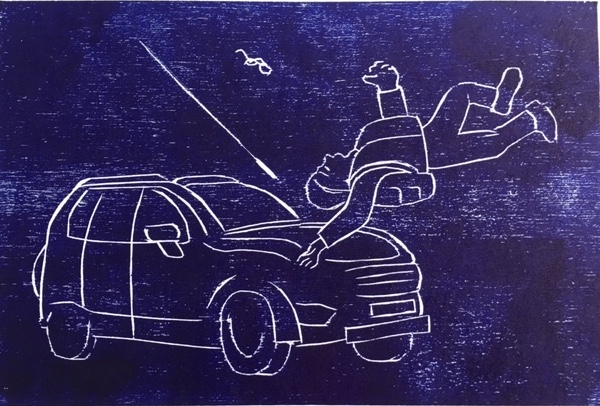
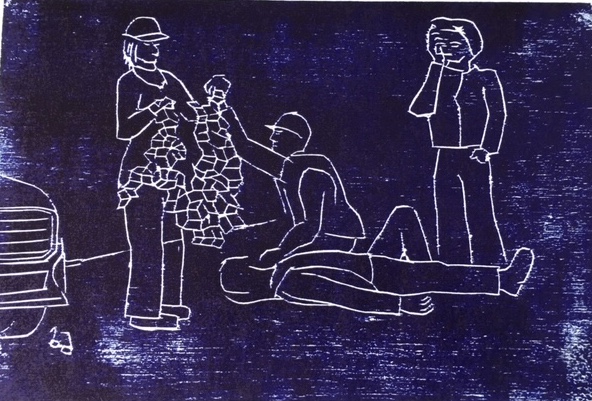
Dat is het begin van een revalidatieperiode, en ook van het denkproces om dit soort aanvaringen te voorkomen. Niet alleen voor haar, maar voor iedereen die afhankelijk is van een blindenstok.
In Nederland zijn dat er zo’n 20.000, wereldwijd zijn de schattingen 4 miljoen. Mensen met zo’n stok zijn dus niet veilig ’s nachts of op donkere dagen. Sterker nog: veel van hen voelen zich zó onveilig dat ze de deur helemaal niet uitgaan als de lichtomstandigheden niet optimaal zijn.
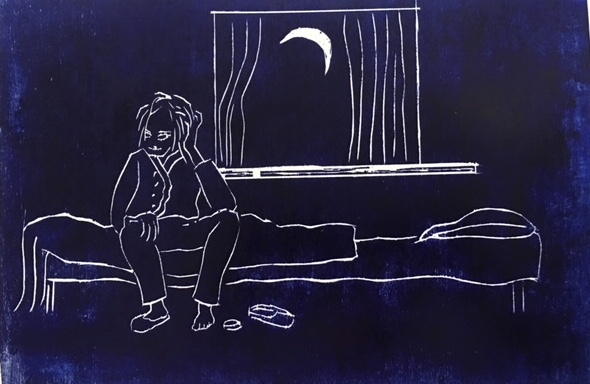
Debby gaat aan de slag. Bij de Waag in Amsterdam worden de mogelijkheden geïnventariseerd: de Light-Up Cane is geboren!
Daarna hebben studenten van de Hogeschool Rotterdam prototypes ontwikkeld. Met behulp van een 3D-printer worden nu stokken geproduceerd voor de testfase.
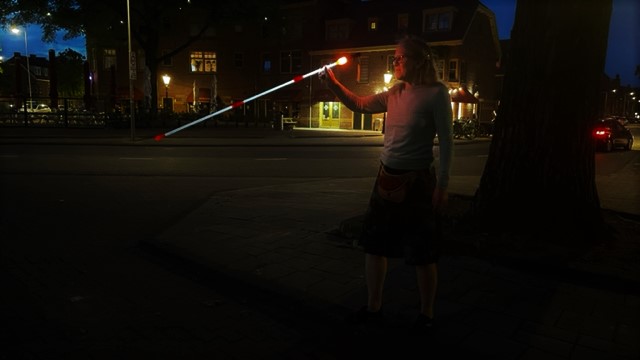
Het bedrijfsmatig produceren van de stokken is een enorme uitdaging. Het gaat om een relatief kleine markt, en niemand waagt zich aan de ontwikkelkosten.
Inmiddels is er een stichting opgericht – de stichting StreetwEYEs- die fondsen gaat werven om de ontikkeling van een industrieel ontwerp van de LightUpCane te financieren. Tegelijkertijd moet een onderzoek antwoord geven op de vraag of de LightUpCane voldoet.
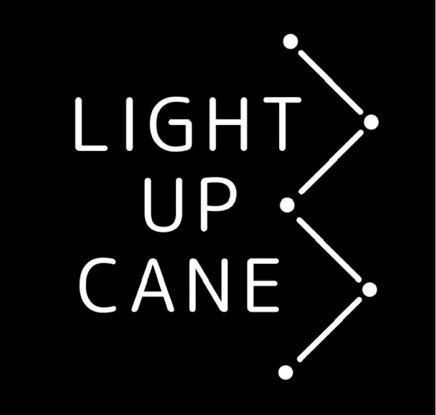
Het logo werd ontwikkeld door
Havas Lemz in Amsterdam.
